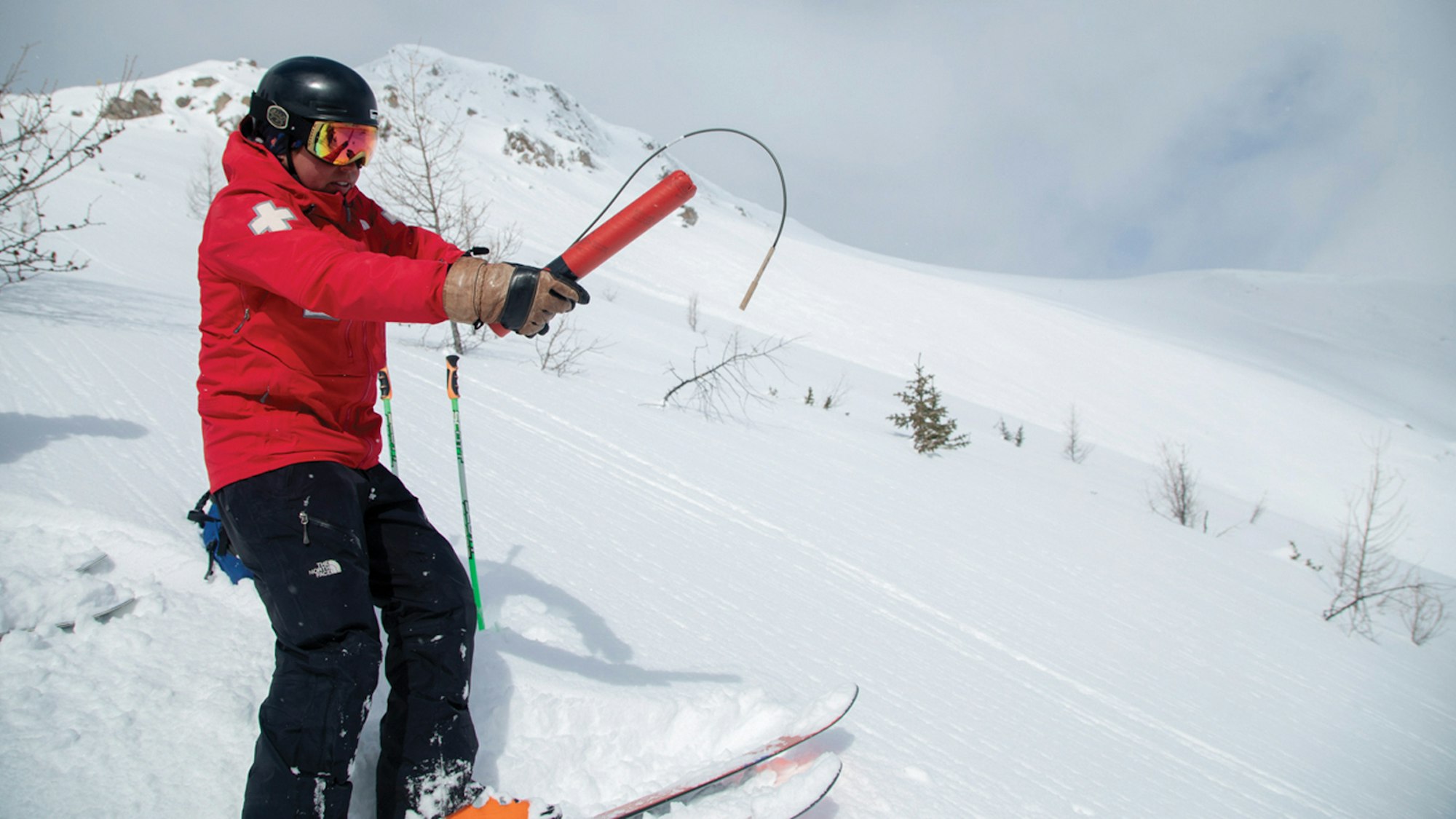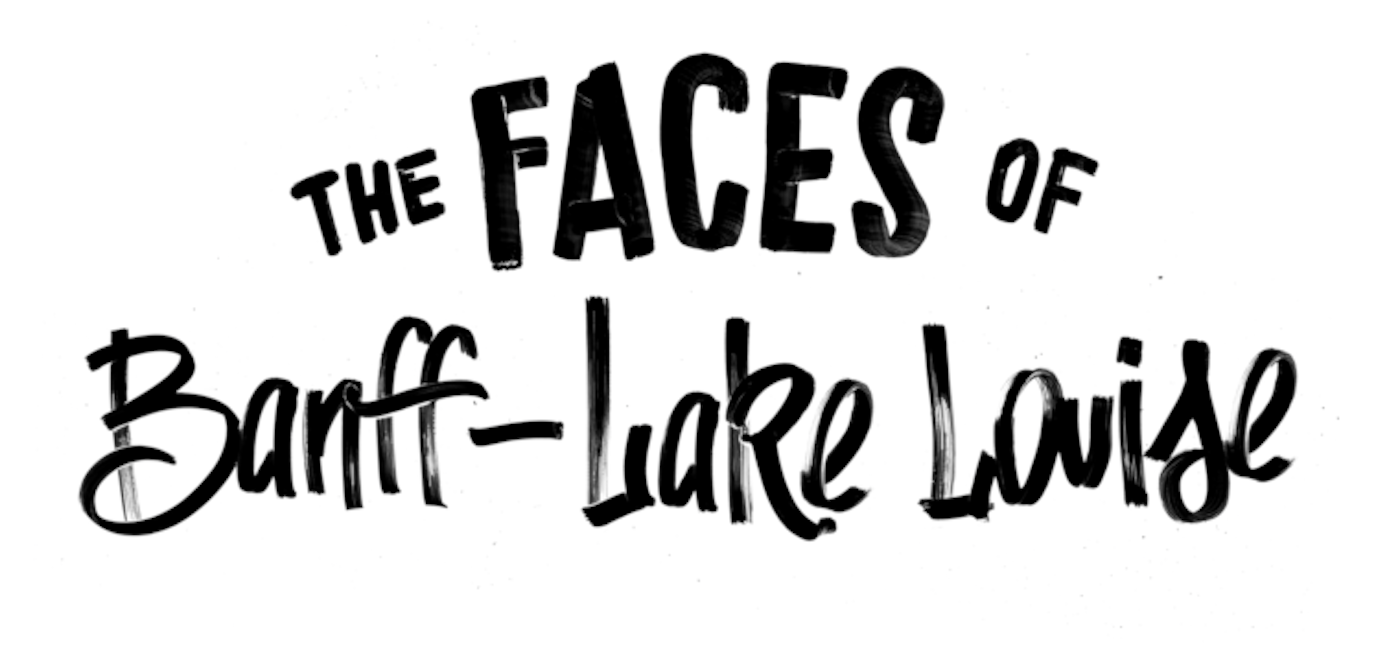
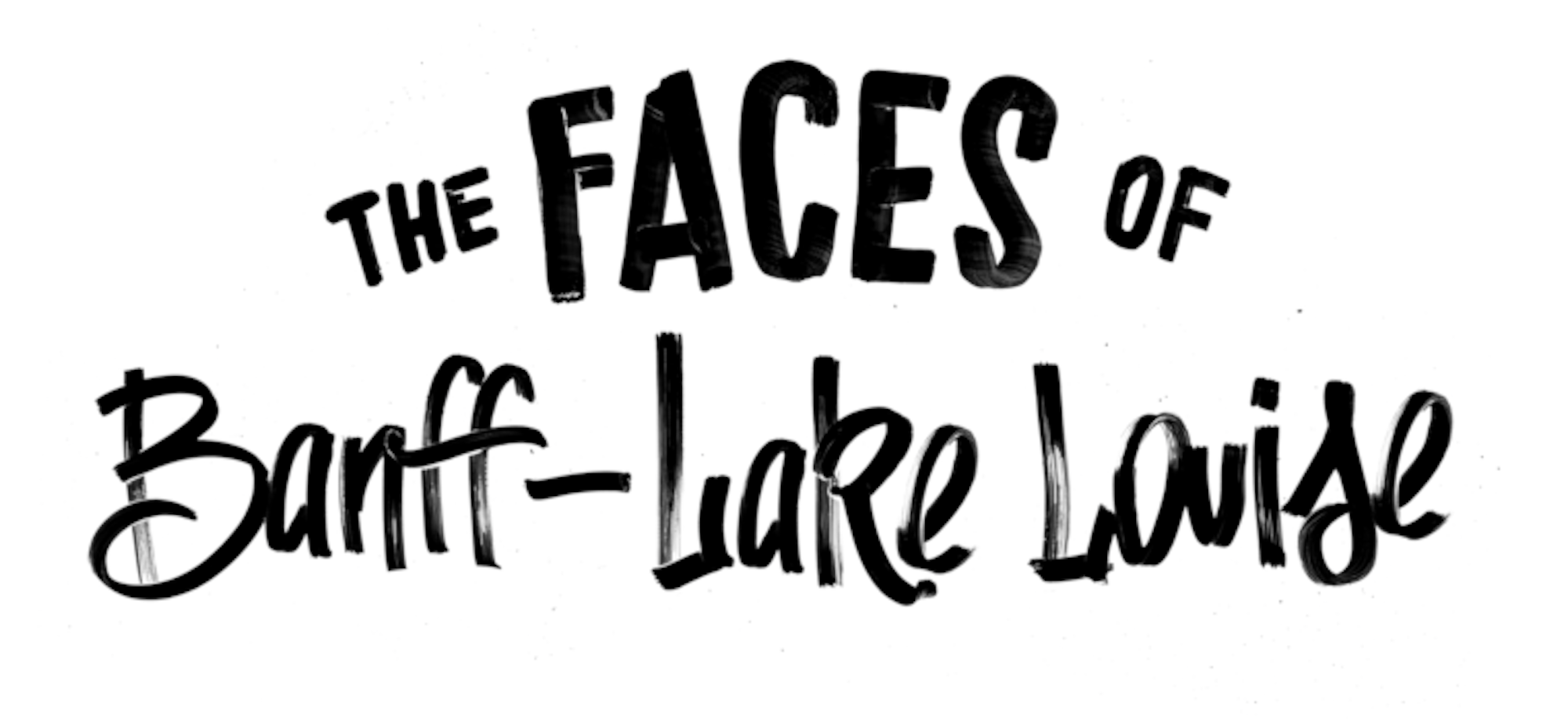
When it comes to stunning natural landscapes, there are few locales on earth that rival the beauty of Banff National Park, located in Alberta, Canada. The country’s first national park stretches across 2,564 square miles of wilderness that includes over 1,000 glaciers, countless peaks in excess of 11,000 feet of elevation and seven national historic sites. Banff National Park is also a skiing mecca, home to the trifecta of ski areas known as SkiBig3, luring lovers of gravity-fed snow sliding from all corners of the world.
Austrian and Swiss mountain guides first introduced skiing to the area in 1909, and the national park’s first ski area, Norquay was established in 1924 with its first mechanical lift opening in 1941. Banff’s other two ski resorts, Sunshine Village and Lake Louise, opened for winter business in 1945 and 1959, respectively. Each winter, upwards of 300 inches of cold-smoke snow blankets the gargantuan uprooted blocks of sedimentary rock, providing a beloved playground for skiers. However, the only thing better than the skiing in Banff-Lake Louise, are the people.
The mountain folk that call Banff home are as rugged and wild as the mountains in their backyard, but their welcoming nature and warm dispositions provide a contrast to the overwhelming scenery of the national park. In this seven-part series, we’ve profiled a handful of local SkiBig3 skiers. Each of them looks at their home in a different way, and were gracious enough to provide insight into why Banff National Park should be at the top of your list when planning your ski vacation this season.




INTERVIEW • SAM TAGGART | PHOTOS • DAN EVANS
When Dave Petch arrived as a wide-eyed, young gun ski patroller at Lake Louise Ski Resort 15 years ago, he didn’t realize he’d be working the same slopes so many years later. However, with its stunning beauty and unrivaled ski terrain, Lake Louise got the Calgary-born skier hooked on its high-alpine runs, its 2,500 feet of vertical and the opportunity to carve big-mountain lines every day of the week.
Now the assistant avalanche forecaster at the ski resort, Petch is the first person to read weather reports and gauge on-slope dangers across Lake Louise. He’s engaged in one of the most intimate relationships one can have with the mountains: interpreting their contours and ever-changing dangers on a daily basis, with the public’s safety at his discretion.
Did you always want to work in the mountains?
I patrolled here for two years, and then I went back to school to get a teaching degree, thinking I might go down that route. I quickly realized that I wanted to be outside and not inside, so I came back to work with the patrol [at Lake Louise] and everything kind of emerged from there.
What’s a day in the life for you during the ski season?
I usually get up around 5:30 in the morning. [Then I check] my email to get all of the weather information directly from our on-mountain weather stations: the wind values for the night, the snowfall, the precipitation.
From there, I come up with how many explosives we might need to mitigate that problem or [determine if] we can handle it without explosives. We have a dedicated avalanche team here at Lake Louise, with seven members in total. And we have maybe four or five dedicated avalanche technicians on the clock each day.
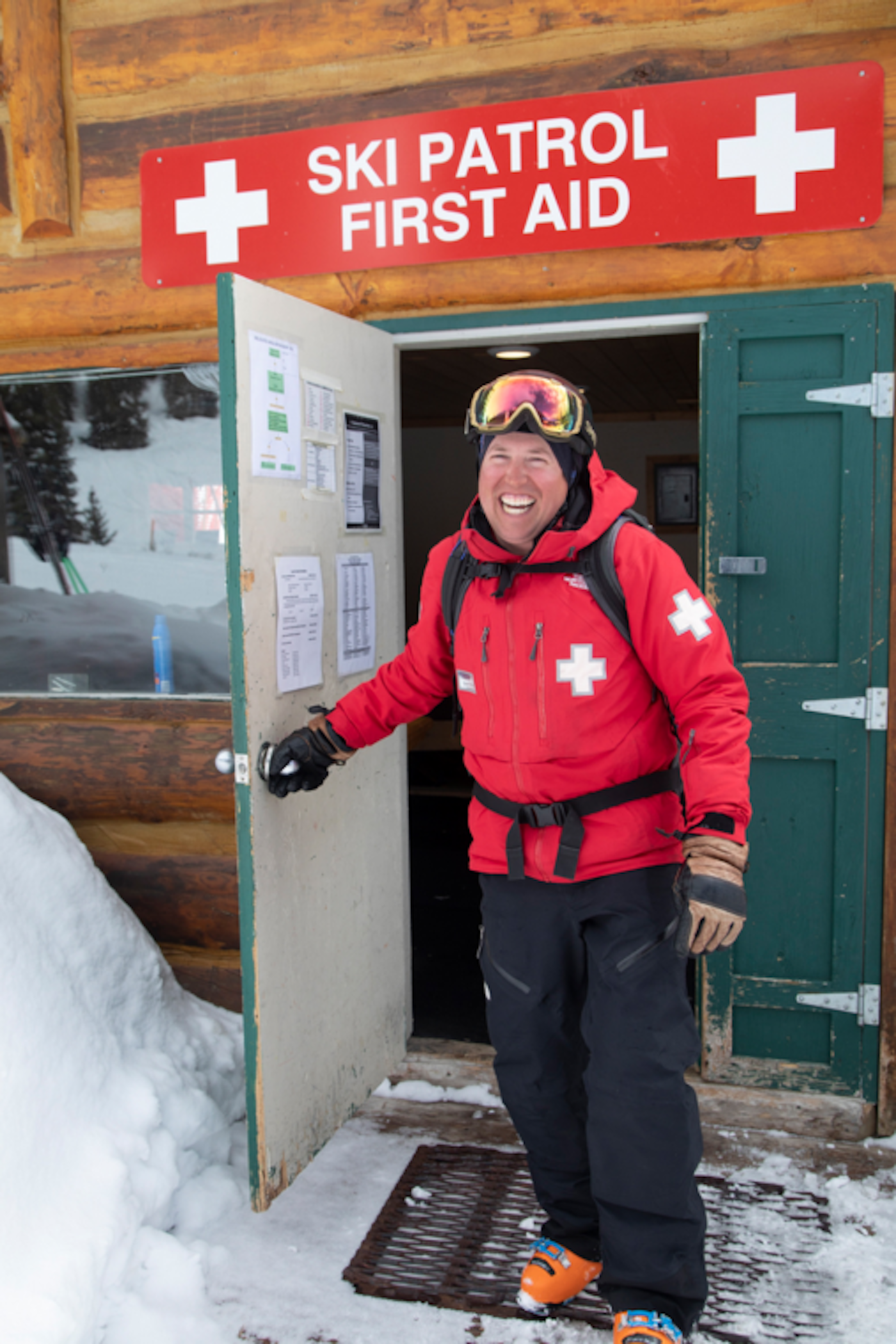
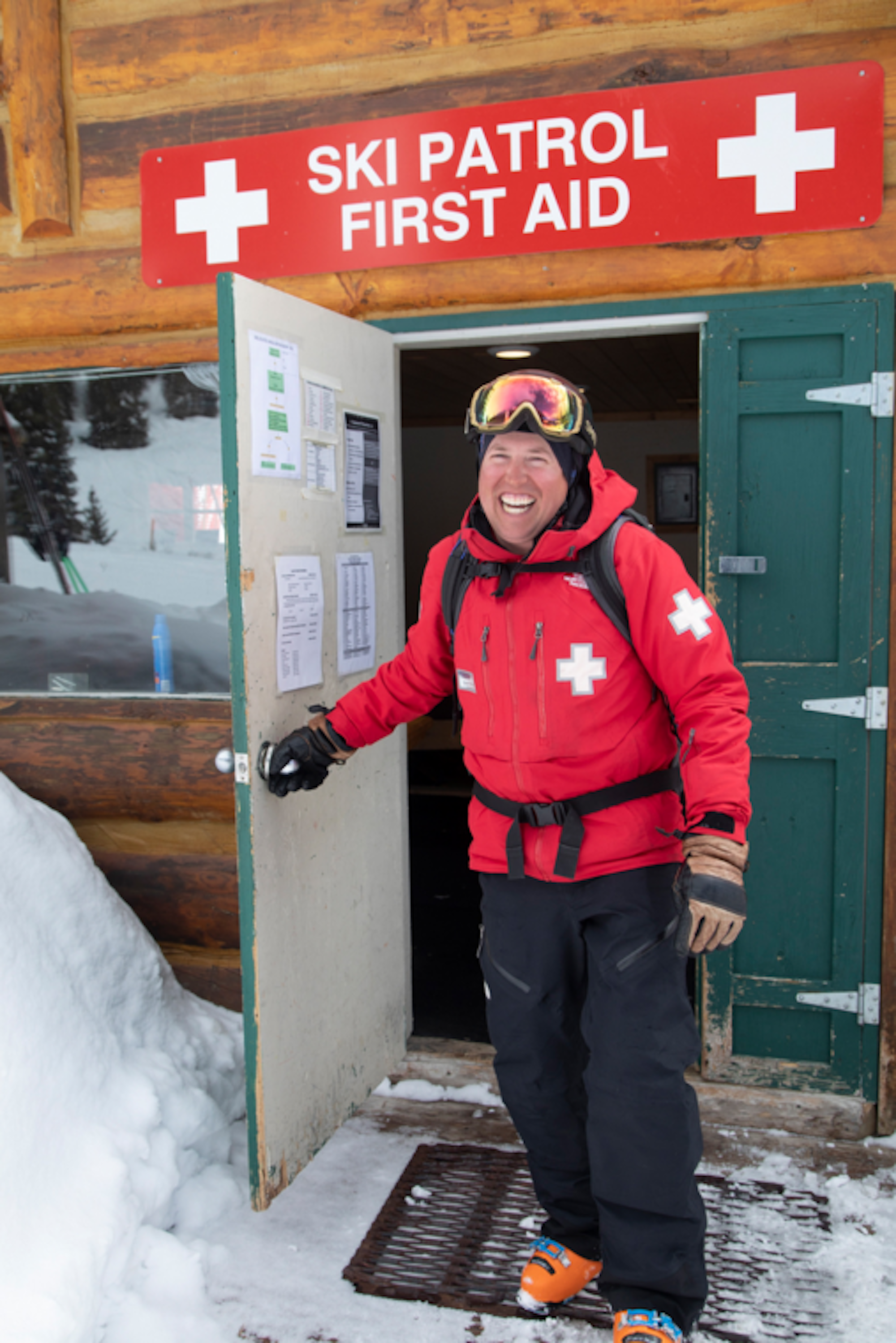
Other than the world-class skiing, what’s kept you in Banff for so long?
First and foremost, it’s extremely beautiful. The mountains out here are jaw-dropping, so just being in that environment—as an office—is pretty special. I’ve been to a lot of places, visited a lot of ski hills and still find it hard to find anywhere that really rivals this area for its immediate beauty.
I have a very intimate relationship with the mountains as well. It’s a six-month season here [at Lake Louise] so you see all the different sides of the mountains and how they change through the seasons. It’s really quite special.
Do you think that living in Banff has shaped you for the better?
I would hope so! I work six months of the year for the ski hill, and then I switch over to my summer job, where I work for Parks Canada on its trail crew. So, I pretty much have 12 months of the year immersed in the mountains around [Banff].
I like to think that it’s shaped me as an individual. I definitely feel a connection, feel a need to protect this wild space that’s here and preserve it so that other people can experience it. Just trying to build any sort of connectivity with nature is just so crucial, especially now, [as we all] get a little disconnected from the natural world.
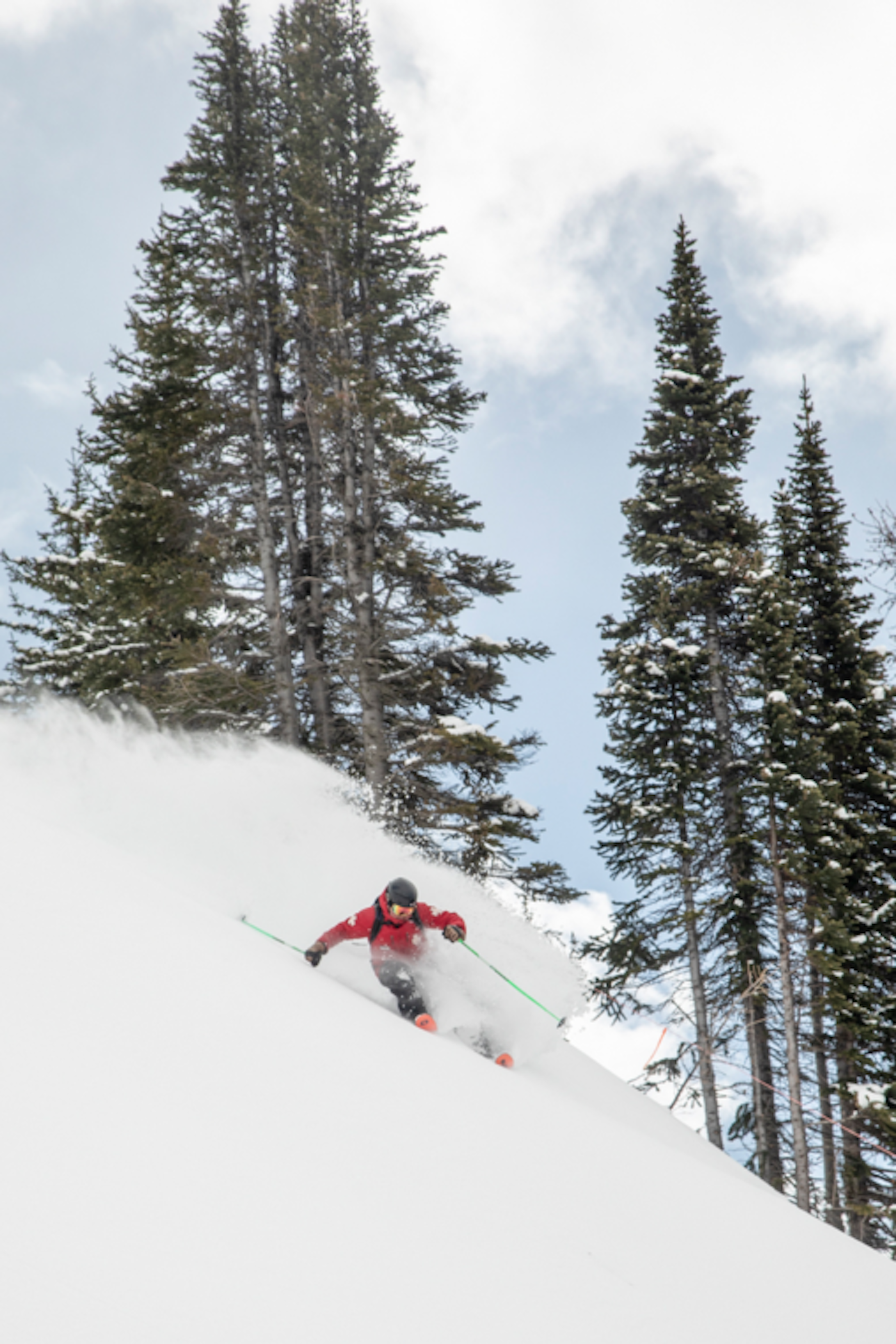
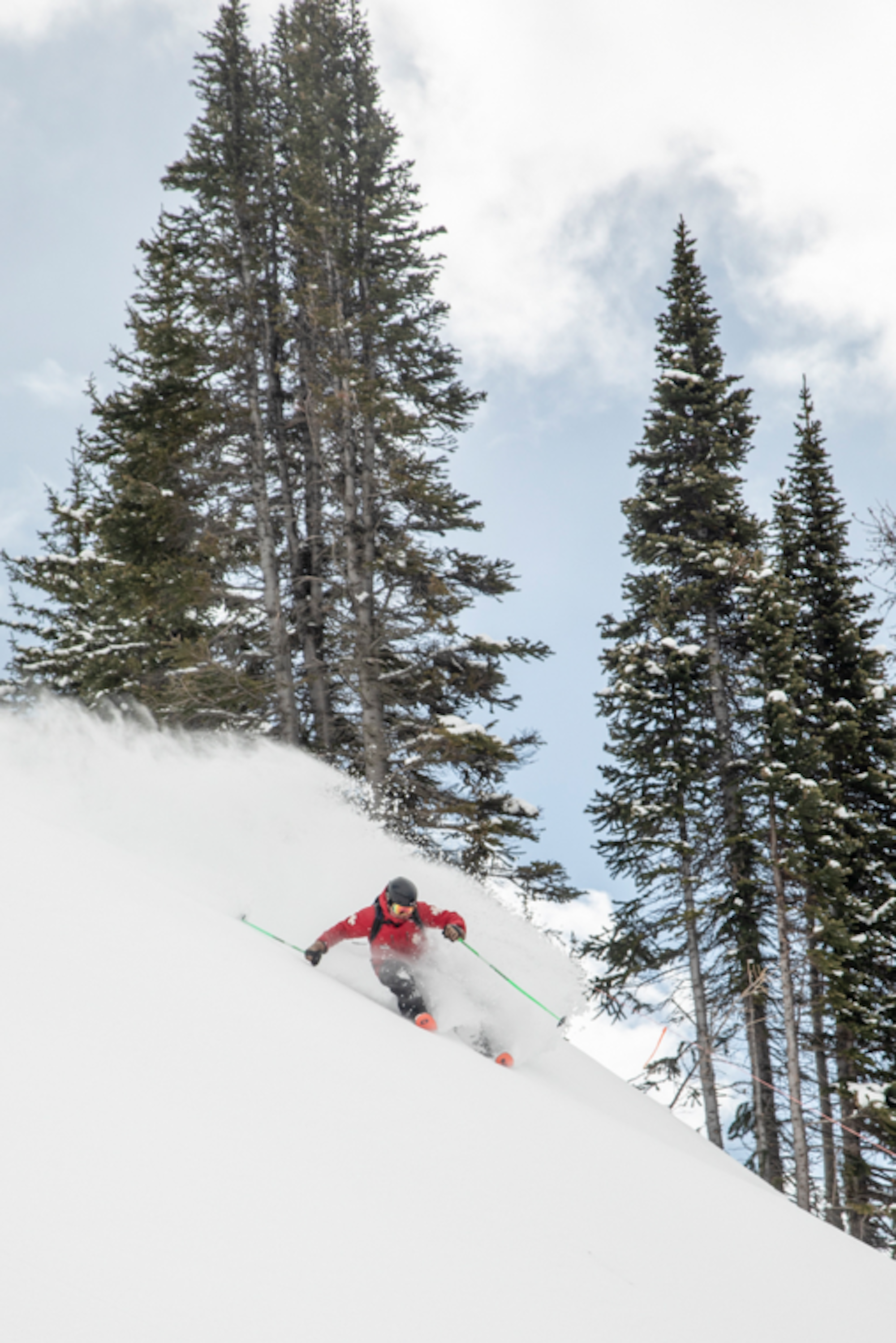
What is it about the town of Banff, specifically, that draws you in?
Banff has a really strong community. It’s funny. There’s the peripheral of Banff with the tourists and the buses and everything; but, underneath, there’s a really vibrant community, everyone looks out for each other.
And even though touristy things are happening, it’s not that hard to get away from the hustle and bustle. A lot of it’s just confined to the one or two streets, and just beyond there, there’s more than enough space to explore.
What kind of lasting impression does Banff and its ski areas leave on you?
That’s a tough one… [At Lake Louise], it’s a six-month [ski season], and part of the reason I keep on coming back is every day is unique with an experience that you probably didn’t see coming. It’s that variability day to day.
Every season, too, it’s like, “I’ve never gone up this valley or never imagined this could be a ski objective or this could be a hiking trail.” There’s just so much to experience around here. It’s wilderness, it’s wild and there are boundless opportunities for new discoveries.

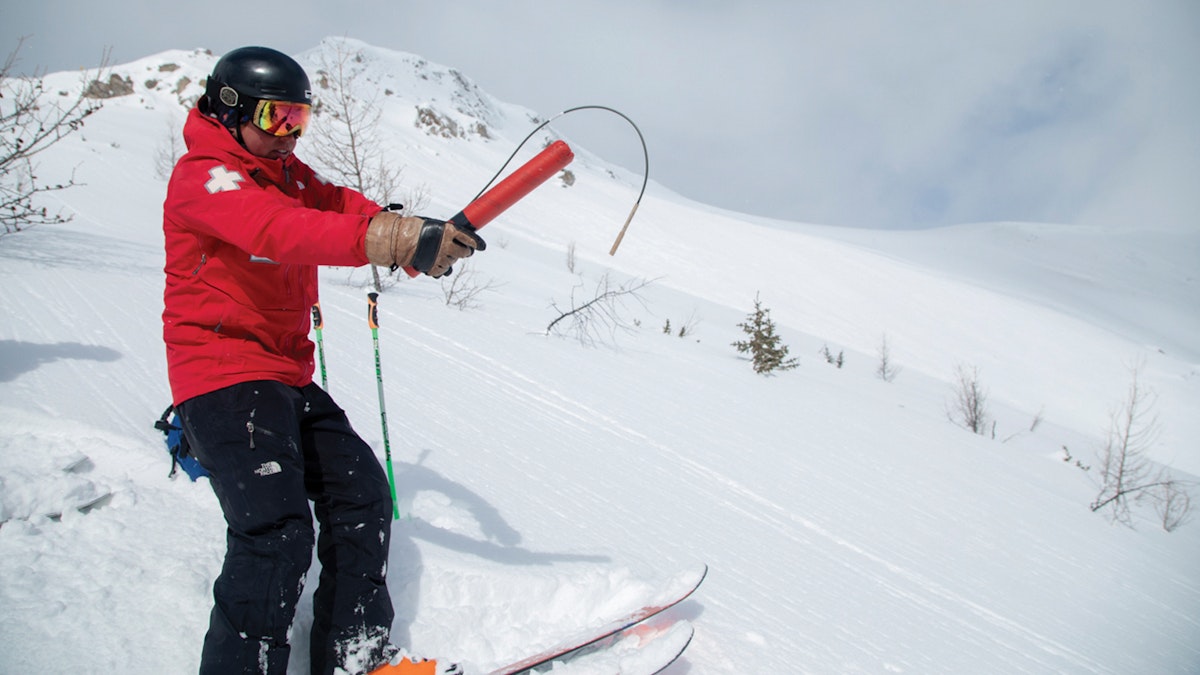
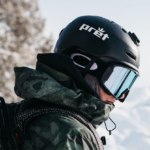

![[GIVEAWAY] Win a Head-to-Toe Ski Setup from IFSA](https://www.datocms-assets.com/163516/1765920344-ifsa.jpg?w=200&h=200&fit=crop)


![[GIVEAWAY] Win a Legendary Ski Trip with Icelantic's Road to the Rocks](https://www.datocms-assets.com/163516/1765233064-r2r26_freeskier_leaderboard1.jpg?auto=format&w=400&h=300&fit=crop&crop=faces,entropy)




![[GIVEAWAY] Win a Head-to-Toe Ski Setup from IFSA](https://www.datocms-assets.com/163516/1765920344-ifsa.jpg?auto=format&w=400&h=300&fit=crop&crop=faces,entropy)


